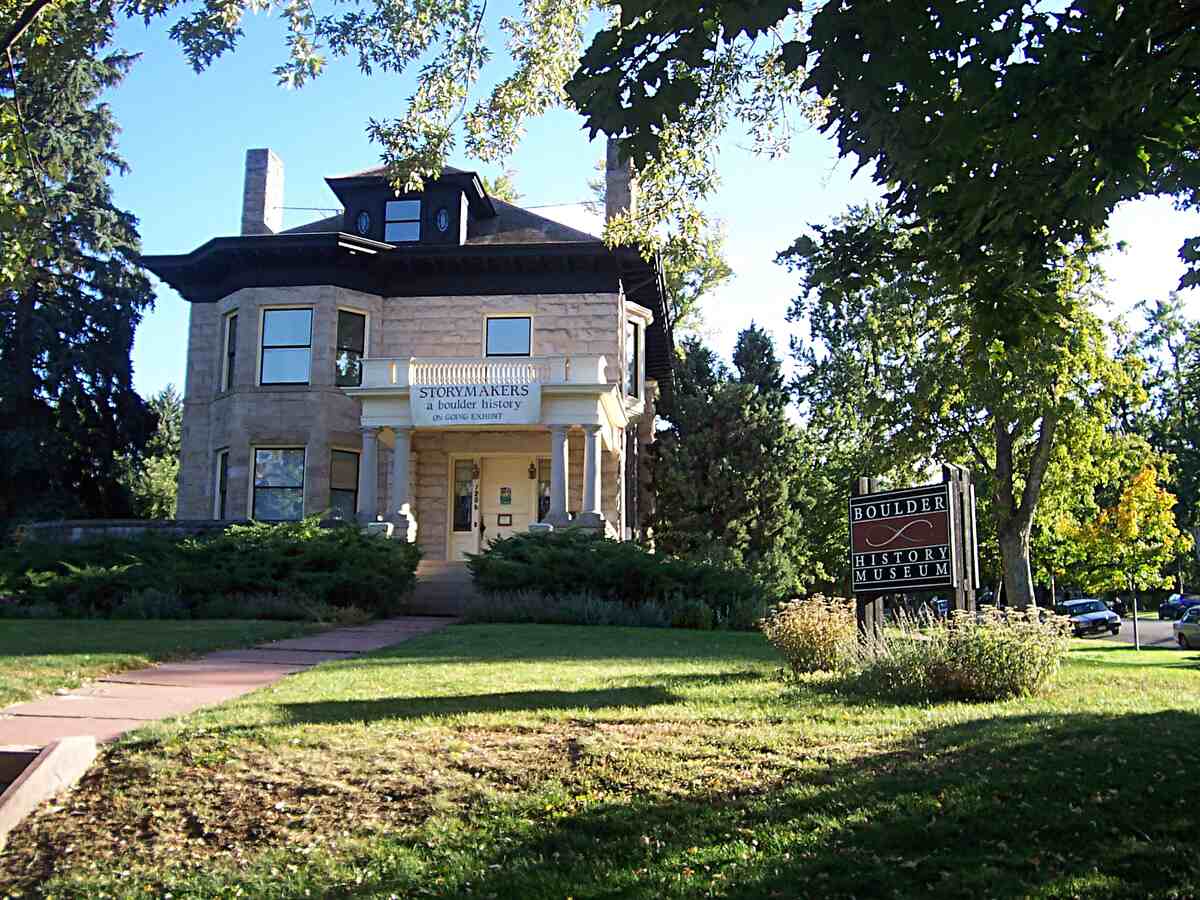
Water your Boulder lawn in the morning or evening and more frequently in the high heat of summer. Beyond that, pay attention to factors like sun exposure, the type of grass, and even the slope of your yard when determining the best time to water your lawn in Boulder.
Proper water is essential to a healthy lawn, and timing your watering scheduling allows grass to take in water efficiently, minimizes evaporation, and ensures you get the most out of your grass all year.
Key Takeaways:
- Only water your lawn between May and October.
- Water only when your lawn needs it.
- Water at night or early in the morning for maximum absorption.
Water When It’s Warm
Before we dive into any specifics, the first thing you need to know is that you should only water your Colorado lawn when the daytime temperature is consistently above 40 degrees and the nighttime temperatures are above freezing. You may need a few sporadic irrigation sessions in April, but wait until May or June to begin your routine watering schedule.
Allowing your lawn to stay dormant a couple extra weeks doesn’t affect the quality of the grass; it simply saves water. In fact, keeping your lawn a little thirsty forces the roots to dig deep in search of moisture, which ultimately strengthens the grass.
Once fall rolls around and the temperature is down to the 30s at night, stop watering. When the ground gets too cold, it doesn’t absorb the water well, and standing water could turn to ice, which will severely damage your grass.
You can plan to winterize your irrigation system in October, but similar to the springtime, you may need to hand water once or twice after that, but not regularly.
Best Time of Day to Water Your Lawn in Boulder
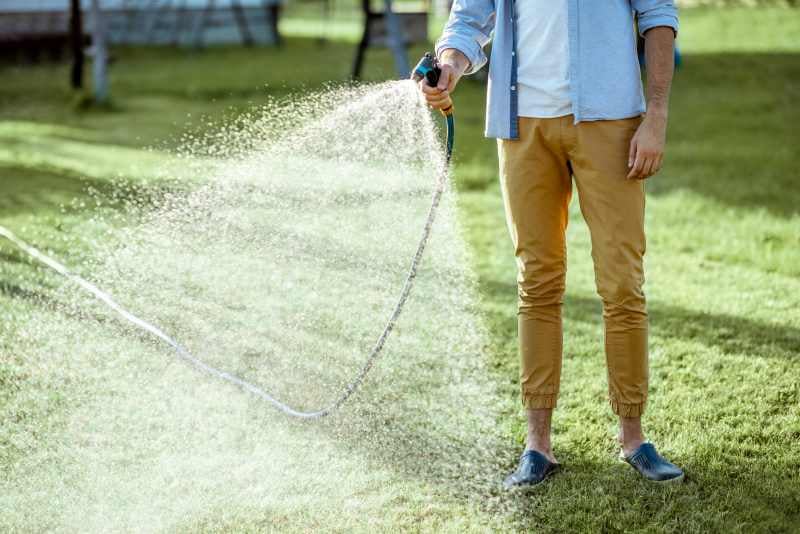
We recommend watering your Boulder lawn at night or in the wee hours of the morning. This allows the water to absorb deep into the roots before the hot Colorado sun evaporates it. Evaporation is not only a waste of precious water, but it robs your grass of the water it should be getting.
You can set your sprinklers to turn on anytime between 10 p.m. and 6 a.m., ensuring the cycle is done before sunrise.
We also recommend deep, yet infrequent watering sessions. For example, instead of watering for 5 minutes every night, opt for 15 minutes twice a week. Furthermore, the City of Boulder suggests cycling your sprinkler system. Instead of watering for 15 minutes straight, water for 5 minutes, then wait an hour and repeat for a total of three cycles. This is another way to ensure the water soaks deep into the roots and reduces any runoff.
Always check with and follow the current city or county guidelines.
Look for Signs of Dehydration
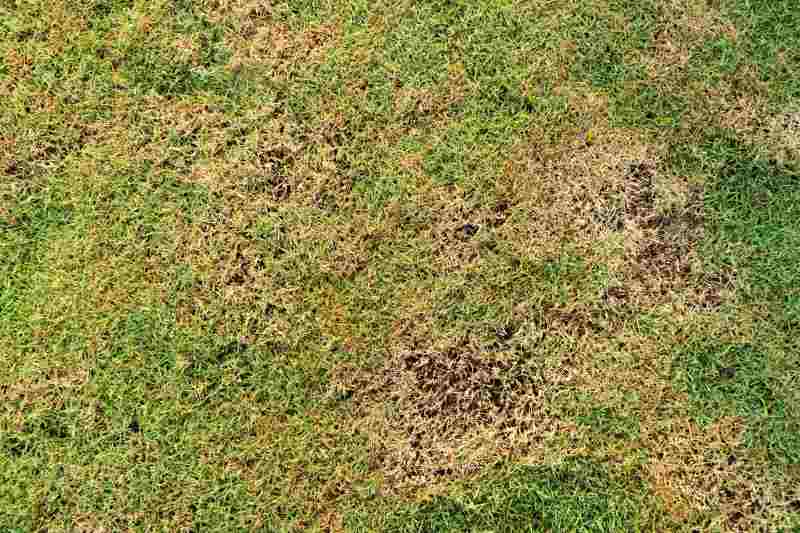
Water your lawn only if it needs to be watered. Look for common signs of lawn dehydration, such as footprints that stay for 30 minutes or more after the grass has been walked on, a purple or grey tint to the grass, and most severely, tan-colored grass.
Another way to tell if your lawn needs water is to check the soil. Grab a screwdriver and stick it in the ground. If it slides in easily to the handle, your lawn has enough moisture. But if you struggle to push it in, your lawn needs water.
*This method may not be accurate for very sandy soils.
Factors That Affect Watering
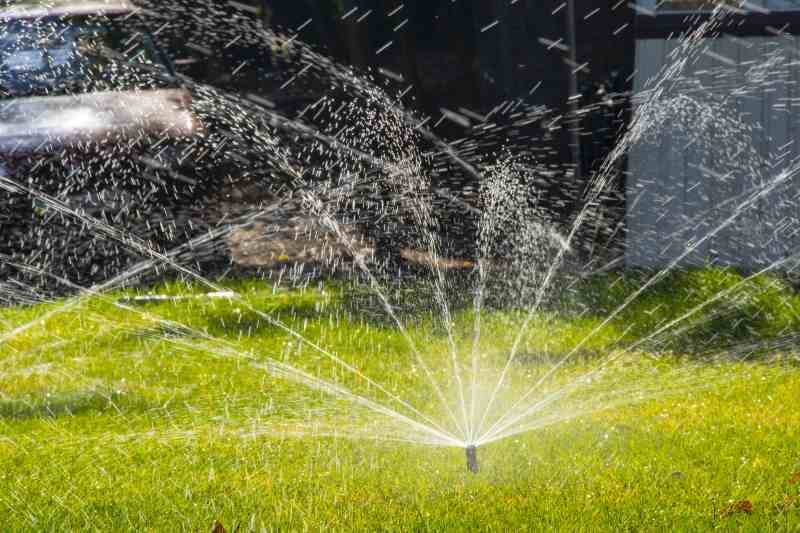
The amount of water your lawn needs varies depending on how much sun it gets, its elevation, the grass type, and how tall the grass is. You can determine your sprinkler system’s output by placing shallow dishes or tuna cans around your lawn while the sprinklers are running. After 30 minutes, measure how much water you’ve collected –– it should be about a half-inch. Now, you can adjust your watering schedule to ensure your grass gets the proper amount of water each week.
Grass Type
Not all grasses thrive in Colorado. The best grasses for Boulder are generally cool-season varieties, which need more water in the hot summer months than warm-season grasses do.
Sun Exposure
A lawn that gets a lot of sun will need more water than one that’s mostly shaded because the hot sun will dry out the soil.
Elevation
If your lawn is not flat, but has areas with higher elevation, the higher areas may need more water because any excess water will flow to the lower areas and not absorb into the hills.
Grass Height
The taller the grass, the deeper the roots, and the deeper the roots, the better water absorption it has. Therefore, taller grass needs less water than shorter grass.
Soil Type
Sandy soils quickly soak up water while clay does not. If your lawn has clay, water with very low pressure at a very slow pace. This gives the water sufficient time to soak in without puddling or running off.
Water-Wise Lawn Care Tips
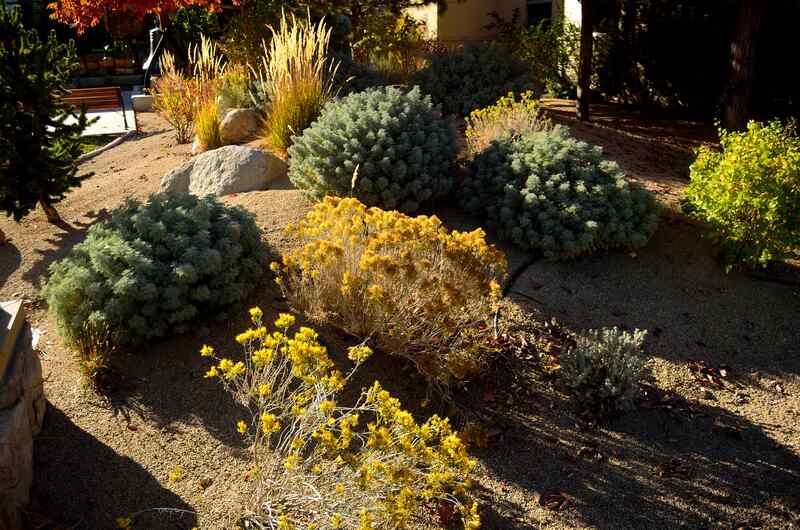
Here in the high desert, drought always seems to be a concern. Whether we’re currently in a drought or not, being environmentally friendly and water-wise is important. Considering that Boulder has prohibited new turf lawns from being installed in residential front lawns, finding ways to conserve water is of the utmost importance.
Xeriscaping: Using native and drought-friendly plants, ground covers, stones, and other elements, you can swap your water-wasting lawn for a nearly waterless xeriscape. Check out our guide on xeriscaping in Boulder for more.
Drip irrigation: If you have a lawn and aren’t ready to make the switch to a xeriscape, try swapping your traditional sprinkler system for a drip irrigation system. With several types to choose from, including micro-misters, bubblers, and soaker hoses, you can choose the one that works best for you.
Aerate: Especially important for lawns with clay soil, annual aeration breaks up the compacted ground to allow water to reach the roots. Often, water can’t reach the roots because the soil is too thick, which creates runoff, resulting in wasted water and non-hydrated grassroots.
Use mulch: Placing mulch around your trees, bushes, and flower beds helps retain moisture, reducing the amount of water you need to use.
Irrigation: DIY or Hire a Pro?
If you have questions about your sprinkler system, want to switch to a more eco-friendly irrigation method, need help laying mulch, or want to swap your lawn for a Colorado xeriscape, LawnStarter’s pros are ready to help.
They’re local professionals who are familiar with the climate, native plants, and watering guidelines and are happy to sort out all your lawn care needs. It’s easy to get started! Get a personalized quote in minutes.
Main Image Credit: Brylie Oxley / Wikimedia Commons / CC BY-SA 3.0